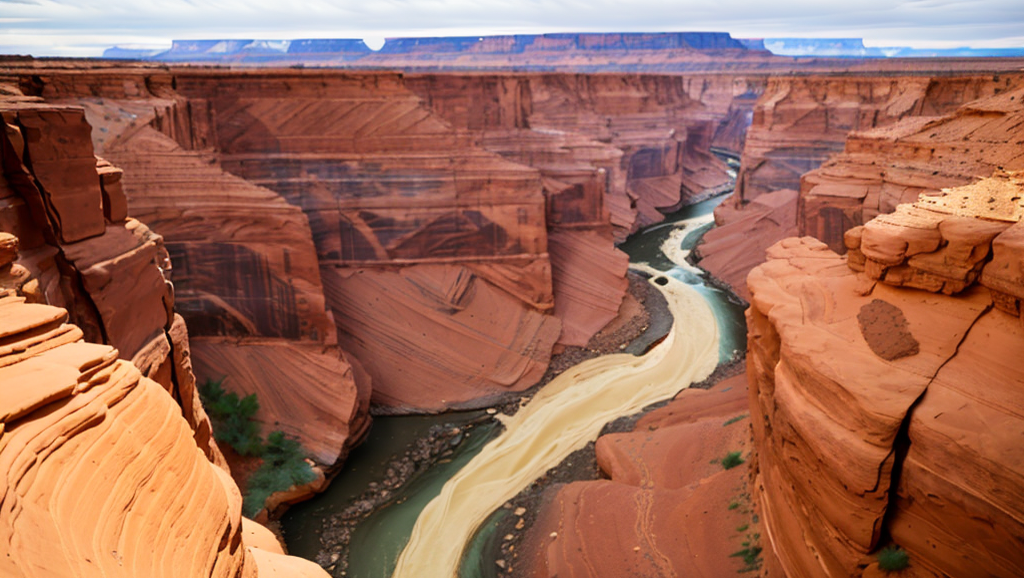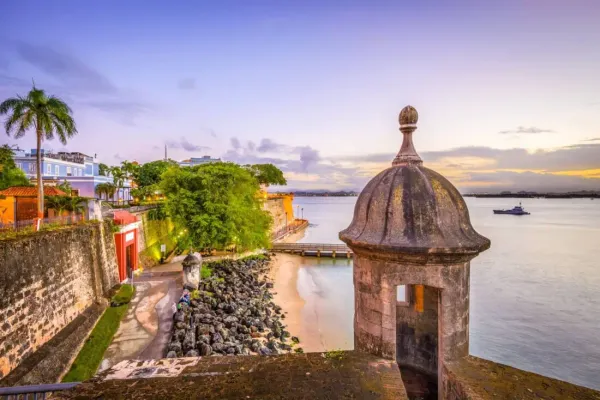Deaths at the Grand Canyon Are on the Rise. Here’s How to Stay Safe.
The Grand Canyon, a renowned marvel of nature in the United States famed for its deep chasms and distinctive red vistas, has witnessed several fatalities this summer, sparking concern over the safety of hikers at the site.
To date, there have been 11 fatalities at Grand Canyon National Park this year, which includes three deaths in just the past week. This number is a bit higher than the average from recent years, mentioned a spokesperson for the National Park Service on Tuesday. Typically, the park sees about 17 deaths annually, with heart attacks being the most frequent cause, based on the past decade’s data.
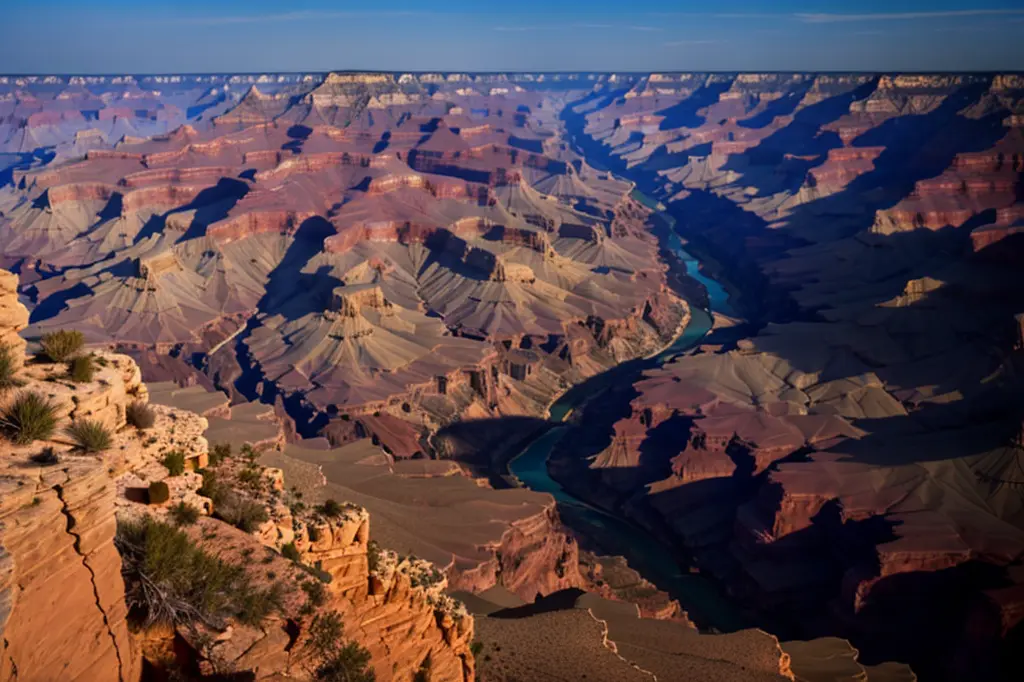
The latest three fatalities occurred over a seven-day period ending August 6, during which a 20-year-old woman from New Mexico was found deceased about 150 feet below the canyon’s edge following an extended search. Five days prior, a man’s body was discovered after he attempted a BASE jump from the South Rim, and in late July, a man from North Carolina was found 400 feet down after he accidentally slipped over the edge.
“Despite challenging weather and treacherous terrain, our team has faced considerable risks to carry out these recovery efforts,” stated park authorities following the most recent incident.
In earlier months of the summer, park officials documented three additional deaths, one of which occurred amid a severe heatwave that affected the Western United States.
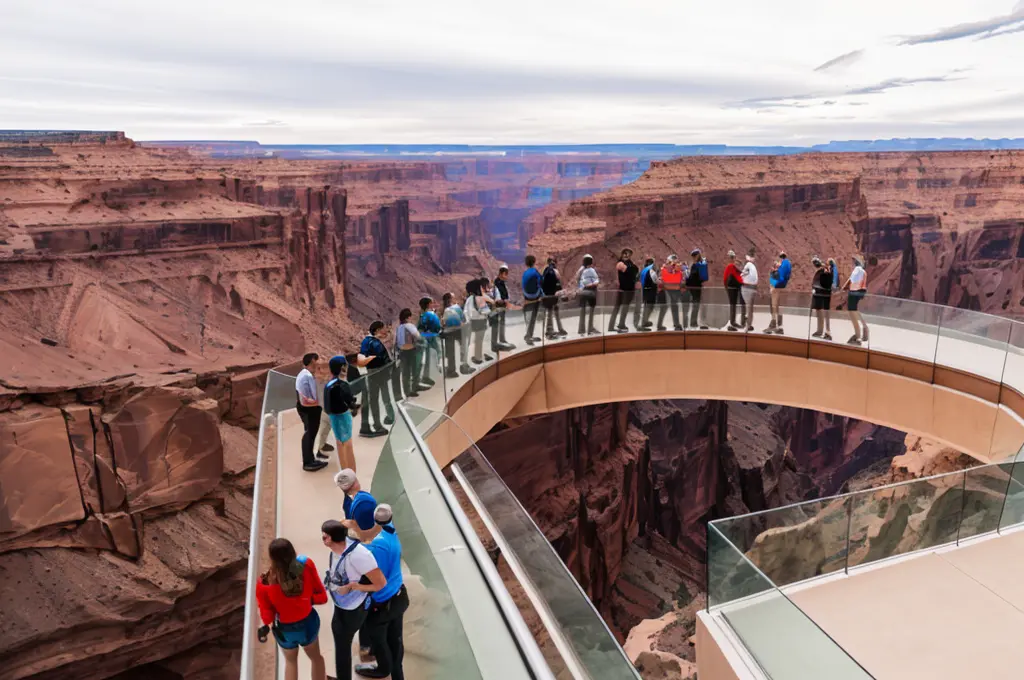
Rescue operations are fairly common in the Grand Canyon. Each year, over 250 individuals are rescued from the site, per the National Park Service. From 2007 until March 2024, nearly 200 visitors have perished at the park, 39 of whom were hikers.
Since President Woodrow Wilson designated it as a national park in 1919, the Grand Canyon has remained a prominent destination in the Southwest. Annually, the park draws hikers of various skill levels to northern Arizona, many descending from the rim down to the Colorado River. Last year, it ranked as the second most visited national park in the nation, just behind the Great Smoky Mountains.
“It’s incredibly disheartening to learn about the deaths at the Grand Canyon this year,” expressed Maggie Peikon, a spokeswoman for the American Hiking Society. She noted in an email that such accidents (slips, falls, heat-related illnesses) while hiking are not completely rare. However, she provided guidance on how hikers could mitigate the risks of illness, injury, and accidents on trails.
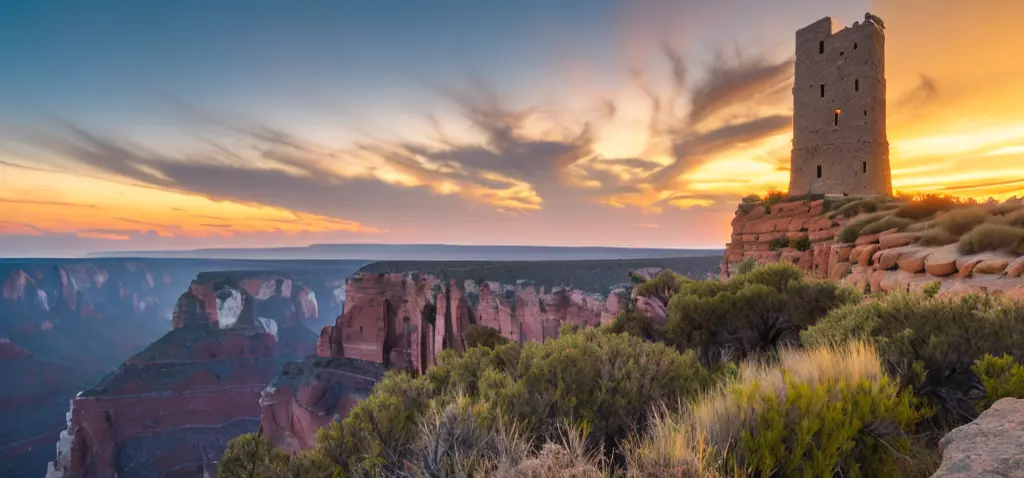
A common error among Grand Canyon hikers is underestimating the desert’s intense heat and sunlight during summer, stated Ms. Peikon. She also cautioned about the dangers of navigating near the rim across the park.
“Keeping aware of your surroundings is crucial, especially when taking photos or moving around other hikers,” Ms. Peikon advised. “Remain on the marked trails, and pause to take photos rather than doing so while walking.”
She suggested that every hiker should carry the 10 essential items for any outdoor trip, emphasizing the importance of carrying sufficient water—typically half a liter per hour of hiking, which should be increased to a liter per hour in summer heat.
Renee Miller and Tim Beissinger, well-known hikers on TikTok with over two million followers and authors of “Thruhikers: A Guide to Life on the Trail,” advised adding electrolyte powder to your water and carrying reliable maps.
“While paper maps are useful, maps downloadable to a smartphone are often more convenient,” they shared in an email. “Ensure you download the maps before your trip for use offline, as cell service can be unreliable.”
Ms. Miller and Mr. Beissinger, who have trekked over 10,000 miles together, also cautioned hikers against overestimating their capabilities. “There’s no shame in turning back if the trail proves too challenging, helping avoid potentially hazardous situations,” they recommended.
In case of an accident or severe injury, they advise staying calm to prevent further exhaustion and promptly contacting emergency services.
“For high-risk activities in remote areas with sparse human presence or cell coverage,” they suggested, “consider having an emergency satellite beacon to signal for help when cellular service is unavailable.”


